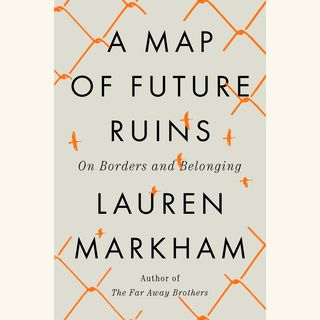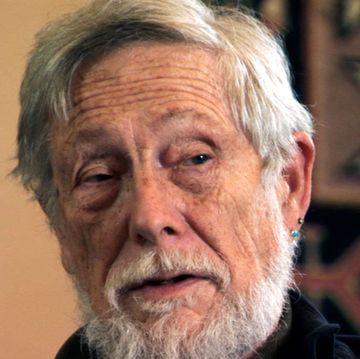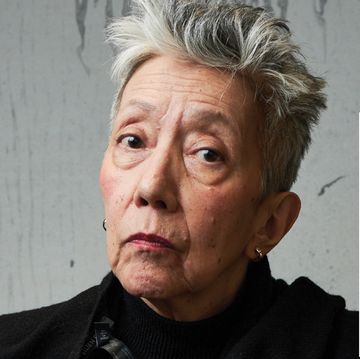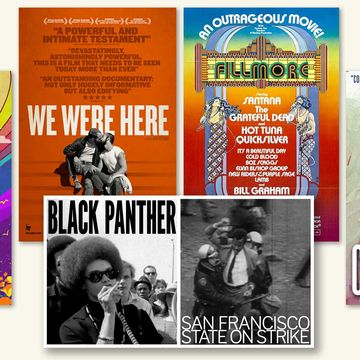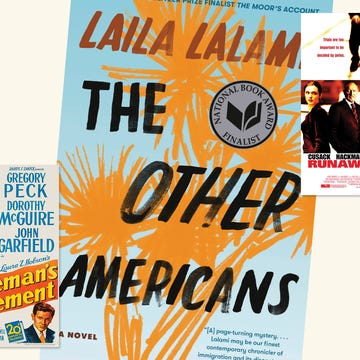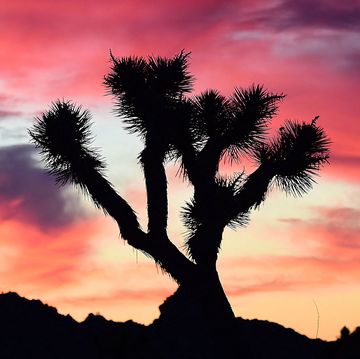It’s hard to pin certain American places down to any one thing, any one mood, or any one ambience. San Francisco, Los Angeles, and New York are cities overflowing with tremendous style and personality, and they resist the sharp control involved in definition. Many writers have tried and produced unforgettable works about those cities (Joan Didion’s “Goodbye to All That” is one of the most influential essays about New York City ever written), but these places are endless fonts of material, and no one essay or novel or tome can fully capture them, even when trying to capture the details of a particular time. There’s always a “but.” Jessica Hagedorn’s novel The Gangster of Love, the April California Book Club selection, is an exuberant and energetic 1970s ride through all of these cities, but it starts out overseas, as many California stories do, in the Philippines.
The novel opens with a voice that carries the sensibility of the whole book. The first sentence is a girl’s question, “But what is love?” It’s a question so big, so unanswerable that it brings with it an open-endedness, instilling in some readers the awareness that this book won’t offer an answer. Filipino American writers Carlos Bulosan, whose America Is in the Heart appeared well before The Gangster of Love, and Elaine Castillo, whose America Is Not the Heart, a prior CBC selection, was published decades after Hagedorn’s novel, come to mind with this opening. Love, the heart, political struggle, and home are before us in this book, as they are in the other books. Had Hagedorn begun with “What is love?” we would have conjured a more innocent, childlike quality (picture books are sometimes about this question). By starting with “But,” however, Hagedorn lets us know that maybe this ask is not meant to have the flavor of simplicity but instead is toying with us a bit, open to doubt, to folly.
And comedy emerges almost immediately in a laugh of recognition, for love, the initial third-person narrator tells us, is a mosquito bite. It is something the nuns warn the girl of, rather than a concept to glorify. In addition to encapsulating the sometime aggravation of love and passion, the image of a mosquito bite also calls to mind tropical environments; it signals the fertile setting in which the girl and her family begin. The next sentences in the prologue evoke the same climes. And the narrator references, without explaining, that on January 30, 1970, a few days after students demonstrated against President Ferdinand Marcos at his state-of-the-nation speech, a demonstration that turned into a bloody clash with the police, they worked their way to the gates of the Malacañang Palace, the official home of the country’s president, in Manila, and rammed into it with a fire truck to protest fascism and police violence. According to Juan Ponce Enrile, then the defense minister, Marcos nearly declared martial law that day in January but instead declared it later, in 1972, as the demonstrations continued.
Hagedorn’s vision throughout this novel is suffused with those students’ uprising, their youthful idealism and determination. And within the prologue, the mosquito imagery is brought up again, obliquely, with a mention of the Pasig River, which had turned into a mosquito breeding ground by the 1970s—passion for change festering. And then a more innocent quality emerges again in Hagedorn’s text, the words in a kind of dance with the stark mentions of scandal and political unrest and violence; again it is asked—this time without the “but”—“What is love?” If we started with a more philosophical and skeptical phrasing of that query, we now move into the asker’s innocence. The asker is not worldly-wise, and the novel proves to be a künstlerroman, an artist’s coming-of-age story. That questioning girl is Raquel, known as Rocky, who, as her name jokily suggests, develops into a rock musician, into artistic maturity.
Subsequent pages of Hagedorn’s novel trace the shimmering moods that accompany a coming-of-age, particularly an artistic one—their turbulence and their spectacular beauty fused with grittiness give us a palpable atmosphere. This volatile quality, so similar to the energy that produces protest, becomes the guiding force of this novel. In some aspects of the book, and especially in the dialogue and the sensory details, we find traces of Hagedorn’s autobiography and politics and artistic interests.
The sheer joy and force of the story’s movement, the enthusiasm and humorousness of the characters’ conversations, dovetail with another image in the prologue. The Philippines were the source of the yo-yo, which was then exported to the United States, the narrator advises us. The narrator means not only the yo-yo, the object of a child’s play, but also the colloquial adjective that means “fluctuating” and “variable.” And from the yo-yo, we move associatively to another thing that plays or is played—music. And it’s only fitting—this book has its own musicality, both in language and in arrangement but also in its abundance of musical allusions. Not to mention the protagonist’s rock band, which is at the heart of so much of the action.
In a more conventional novel, the book’s inciting event would be one that happens to the characters within their personal lives. In a way, the trigger for the events of The Gangster of Love is personal as well as political. The trigger of Rocky’s coming-of-age is the death of Jimi Hendrix, on September 18, 1970. Rocky and her brother, Voltaire, feel it deeply, crying when they learn of the death. For Rocky and Voltaire and so many other people in 1970s San Francisco and around the country, music was not only something to be played but also the means by which the world, the power structures, would be changed.
“But what is love?” the girl asks. A timeless question we’ll always be asking, but the narrator, perhaps, would find affinity with Hendrix’s words, among them, “The story of life is quicker than the blink of an eye, the story of love is hello, goodbye.”•
Join us on April 18 at 5 p.m. Pacific time, when Hagedorn will appear in conversationwith CBC host John Freeman and a special guest to discuss The Gangster of Love. Register for the Zoom conversation here.
EXCERPT
Read an excerpt from The Gangster of Love. —Alta
EVENT RECAP
If you missed the event with Laila Lalami, Danzy Senna, and David L. Ulin, read a recap or watch the video. —Alta
ACCIDENTS OF THE HEART
Read John Freeman’s essay about the happenstance, the accidents that define much of contemporary American life. —Alta
POLITICAL AND SPIRITUAL QUEST
Mark Haskell Smith interviews author Lauren Markham about her book A Map of Future Ruins. —Alta
HOMETOWN PERFORMANCE
Novelist Lisa Locascio (Open Me) profiles Ty Segall, a prolific Topanga-based singer-songwriter. —Alta
ONE-WOMAN SHOW
Prior CBC special guest Kristina Wong’s Sweatshop Overload will play at the American Conservatory Theater in San Francisco from March 30 through May 5. —American Conservatory Theater
Alta’s California Book Club email newsletter is published weekly. Sign up for free and you also will receive four custom-designed bookplates.
Anita Felicelli, Alta Journal’s California Book Club editor, is the author of the novel Chimerica and Love Songs for a Lost Continent, a short story collection.




